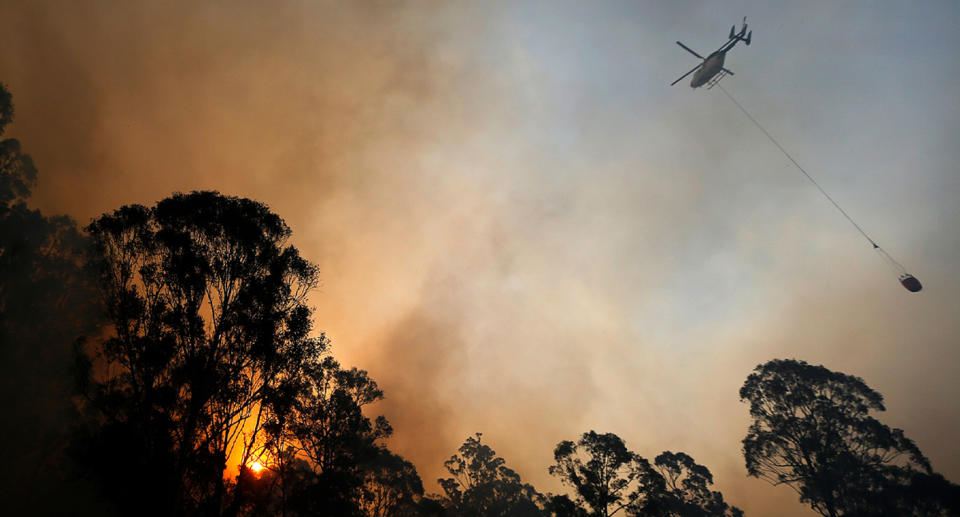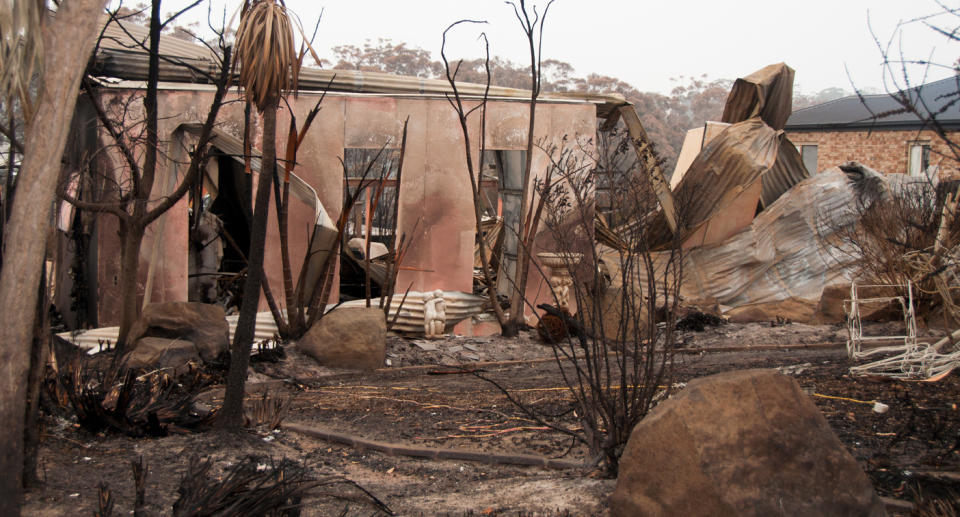‘It's too soon!’: Why rainfall could pose a bigger bushfire threat
Less than six months after savage bushfires that tore through eastern Australia were extinguished, residents in affected areas have been warned to prepare once again for perfect fire conditions.
While residents in northern NSW have celebrated the arrival of much-needed heavy rain, there is significant concern this will hinder rather than benefit them as the weather turns warm and windy.
Grass growth promoted by the deluge could prove problematic for people in Armidale Regional, Walcha, Uralla, Glen Innes Severn, Inverell and Tenterfield, where the fire season started on Saturday.
“The grass is not 100 per cent hayed off yet, and we are expecting some warmer weather and some possible windy weather over the coming weeks. That’s why we need to start drying those areas out,” NSW RFS Inspector Ben Shepherd said.

“There is an increased risk in those bigger areas due to that, so we’ve started the bushfire danger period for those areas,” Insp Shepherd told Yahoo News Australia.
Above average rainfall and forecasted warmer than average temperatures were of particular concern to firefighters, as the combination of the two was a risk factor, he explained.
“That will become a greater concern more towards the later part of the season.”
Another factor contributing to heightened fire danger was the culling of animals by landowners as a result of the drought in rural NSW.
Bushfire residents given conflicting emergency advice during crisis
Mum who refused PM's handshake living in van months after bushfires
“There isn’t the stock to eat down the grass loads as we start to see them grow. It is obviously something that we’re going to monitor towards the end of the season,” Insp Shepherd said.
“Fortunately, we can say we’re not in the position we were in last year.”
He said this was because the severity of the long-term underlying drought combined with warmer and drier conditions was far worse last year.
Owners of land within six local government areas in the state have been encouraged to prepare their properties with fire breaks and ensure their firefighting equipment is in good working order.

“They need to have a plan for what they’re going to do if they’re threatened by fire. Not just for the coming weeks and months, but for the entire fire season,” Insp Shepherd said.
Residents will need to be vigilant about their fire threat for the rest of the year and until at least the end of March next year, he said.
“We’re now moving into the warmer parts of the year so it won’t be unusual to see fires over the coming weeks and months, but the extent of it will be determined by how much rainfall and growth we see.”
In the RFS announcement of the beginning of the fire season, NSW residents were understandably distraught at the thought of another deadly bout of fires.
“Good gracious, it doesn't seem five minutes since the last fire season! Hopefully we don't end up with a combination of bushfires and COVID-19!” one person commented.
“It’s too soon, feel like last season just ended,” another said.
“So it begins for another season. Hopefully this one won't be as crazy as last year,” a third added.
Do you have a story tip? Email: newsroomau@yahoonews.com.
You can also follow us on Facebook, Instagram and Twitter and download the Yahoo News app from the App Store or Google Play.



